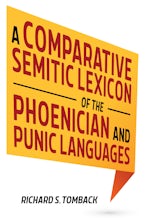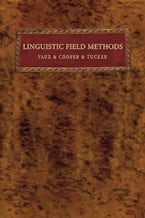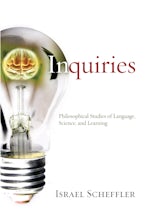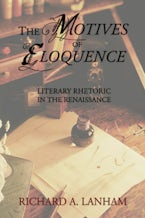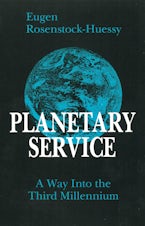- Home
- language arts & disciplines
- Bridging the Vernacular Gap
Bridging the Vernacular Gap
Safeguarding Devices in English-Romanian Translation
Foreword by Silviu Rogobete
Imprint: Wipf and Stock
Constructing Suitable Devices for Preservation of the Young Adults' English Vernacular into the Romanian Translation of Catcall is an applied research that proposes innovative linguistics devices to assist the professional in the task of translating exceptional genera which appear in children books, including scientific extracts and mixtures of foreign words. The findings are proposed as recommendations to translators of children's literature who are expected to make informed decisions when challenged by the new features in the genre, such as Web pages, word games, reconstruction of imageries, and much more.
The task of creating each one of the six devices into Romanian is tackled step by step, taking into account the language particularities and cultural implications for both contexts. The representation of how each device contributes toward the proper incorporation of the English vernacular element into Romanian is conducted in a suitable and careful manner taking into account relevant opinions and scholarly approaches to translating children's literature. This scientific linguistic study provides innovative and effective tools for all professionals in the field.
Monica Augustina Zhekov is Visiting Lecturer of Translation and Romanian Language Tutor at Middlesex University in London (UK). Monica is also a Registered Public Service Interpreter and Translator. She holds a master of arts in translation and currently continues her research for designing an English-Romanian glossary of English criminal law for interpreters and legal professionals using electronic corpora on the Professional Studies Doctorate in Lexicography at Middlesex University (UK).
"This book constitutes a valuable contribution to the study of cross-cultural elements in literary translation and will certainly stimulate research in this field. Thanks to its clear-cut structure and functional methodology, it manages to address the complex subject of translating children's literature from a variety of specific textual and stylistic angles, and, independent of the target language considered, [it] provides readers with efficient transfer strategies and procedures."
--Laura Giacomini, Department of Translation and Interpretation, Universitat Heidelberg



